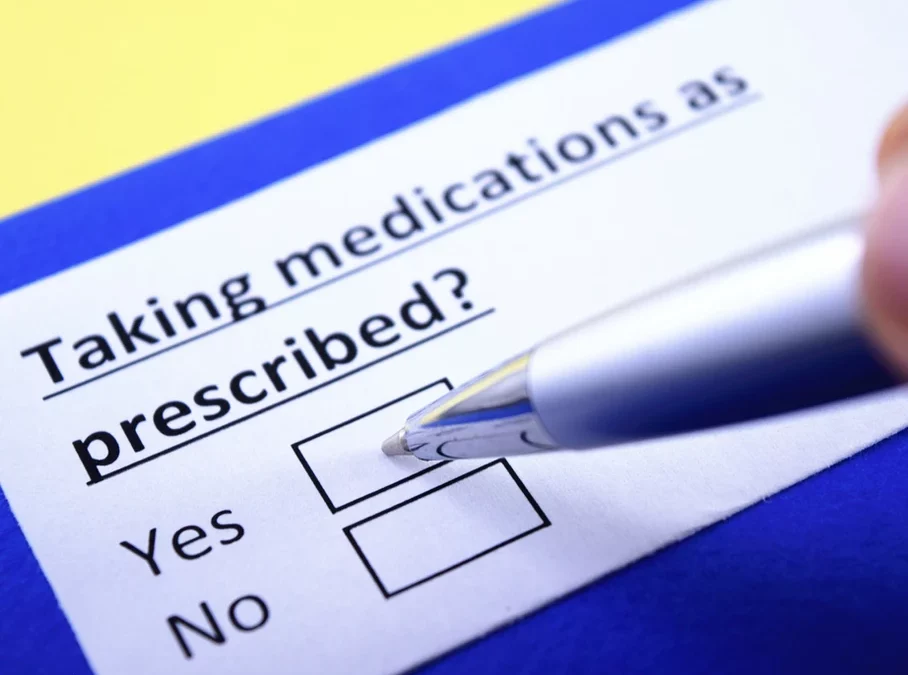Medication adherence is a longstanding issue within the complex American healthcare system. Made worse by the global pandemic, nonadherence to prescribed medications is the result of many factors with far-reaching impacts on patients and health plans. Two obstacles are accepted as the most significant and most actionable hurdles to medication adherence.
1. Drug costs
Rising medication prices force people, especially those suffering from high-cost, chronic conditions, to choose between paying for food and rent or prescription drugs. 48% of respondents to one survey reported not filling a prescription due to cost.
Even individuals with pharmacy coverage face financial concerns. For every $10 copay increase, there is a 19% increase in prescription abandonment.
2. Access to care
Pharmacy deserts and complicated care structures contribute to a lack of patient education that translates to lower medication adherence. Without sufficient support from a licensed pharmacist or engaged provider, patients may incorrectly or inconsistently take prescribed medication. Reports show that 50% of drugs prescribed for chronic conditions are taken incorrectly.
Likewise, many patients do not take their prescriptions as prescribed because they do not immediately experience symptoms when not taking the medication properly. Skipped doses or improper utilization may result in increased emergency room visits, hospitalizations, and physician office visits.
Remedies for Nonadherence
One-half of Americans are prescribed at least one drug, and of those, one in four are prescribed three or more medications, but how many of them are strictly adhering to treatment protocols?
There is a lot of room to improve adherence. New technology or sweeping legislation are not necessarily the remedy. Instead, the answer centers around data, specifically the claims data provided by the health plan. Prescription Care Management’s Chief Pharmacist, Dr. David Merritt PharmD, RPh, explains:
When properly reviewed, claims data can indicate many things. It can show expensive medications being dispensed when there are lower-cost generic alternatives available in the same therapeutic class, providing the same therapeutic effect without compromising patient care. Data can show the underutilization of a medication; thus, the patient is not getting the medication’s full effect, increasing hospitalizations or office visits.
By assessing readily available plan data, plan sponsors, brokers, consultants, and other stakeholders can dramatically offset the health and financial impacts of nonadherence.
One in four new prescriptions are not filled. Meaning one in four patients do not even start treating acute or chronic conditions with necessary medications. Nonadherence leads to 125,000 deaths annually, 25% of total hospitalizations, and $300 billion in healthcare costs.
“Plan sponsors need to offer support and education to help patients understand why they should take prescribed medication(s),” Dr. Merritt says. “By breaking down language and social barriers, plan sponsors can help improve adherence, which in turn can improve patient quality of life and lower health care costs. This includes improving accessibility to lower-cost medications or providing financial support for higher price medications.”
Addressing nonadherence at the plan level benefits not only the participant but the health plan’s budget.
Dr. Merritt explains, “Increased patient compliance to medication regimens will lower overall plan costs by decreasing doctor office visits, hospitalizations, and decrease work absentee days. Adherence will create a more productive employee and better work environment for all.”
Analyzing claims data with a tool like PCM Analytics allows significant improvements to medication adherence. When paired with proactive participant and provider engagement, uncovering utilization trends and actual drug costs with data analytics improve medication adherence. The result for plan sponsors and participants is better health and long-term plan sustainability.
Published: April 15, 2021

